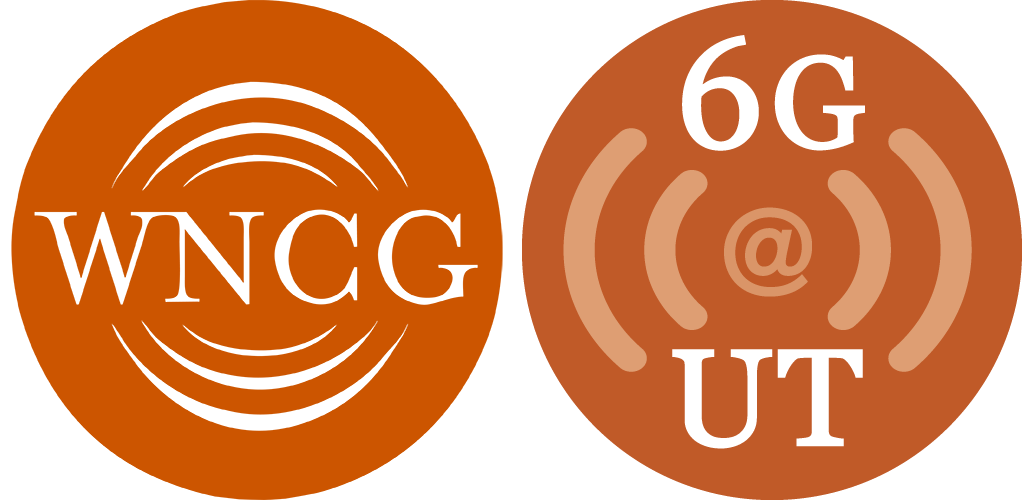by Prof. Brian L. Evans, Interference management has become key in increasing communication system capacity. In cellular systems, increases in capacity have been and continue to be achieved primarily through aggressive frequency reuse by making cells smaller in area, e.g., through the more recent use of picocells and femtocells. Frequency reuse, in turn, increases interference in neighboring cells. In the 2.4 GHz band, a Wi-Fi system experiences interference from microwave ovens, the computational platform, leakage from WiMax transmissions, and other Wi-Fi networks. We model asynchronous interference (as seen at baseband) as additive impulsive noise. We've derived the impulsive noise distributions by using statistical-physical models of propagation: Gaussian mixture model for the case when the receiver is located in a spatial guard zone, e.g., in cellular, WiMax, and Wi-Fi networks. Symmetric alpha stable distribution when there is no guard zone, e.g. wireless sensor networks and femtocell networks. Impulsive noise is also a problem in wireline communications. In powerline communication systems, for example, impulsive noise is the dominant noise component. The impulsive noise arises from many sources such as switching circuitry and external transmissions. We have shown that the impulsive noise distribution follows a Gaussian mixture model. When receivers are designed assuming that the only additive noise source is Gaussian, the presence of additive impulsive noise can cause severe degradation in the performance of timing recovery, frame synchronization, equalization, detection and error correction subsystems. Conversely, by redesigning the receiver with an additive impulsive and thermal noise in mind,the receiver can achieve up to 20 dB of SNR gain in the presence of impulsive noise. We have released our methods for modeling and mitigating impulsive noise, along with methods by others, in a radio frequency interference modeling and mitigation toolbox in MATLAB: The software is released under a 'free use' license. Essentially, the software is offered as is without warranty (either implied or explicit), and can be used, modified and commercialized without requiring a separate license from The University of Texas at Austin. The toolbox enables a user to generate impulsive noise/interference fit measured data to impulsive noise models apply nonlinear filters to denoise a signal in impulsive noise improve detection performance of a signal in impulsive noise. The toolbox supports single- and multiple-antenna systems, and has an OFDM demonstration. Demos, papers, and other resources for interference modeling and mitigation are available at

